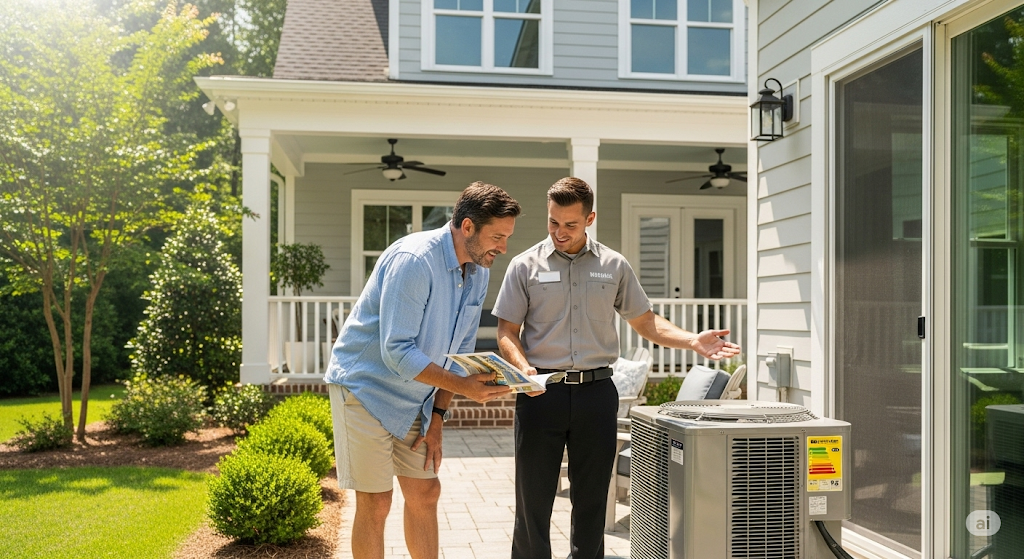When it comes to staying cool during the summer, not all air conditioners are created equal—and one of the most important factors to consider when choosing a new unit is its SEER2 rating. SEER2, or Seasonal Energy Efficiency Ratio, is a key measurement of how efficiently an air conditioning system operates over the course of a cooling season. Understanding SEER2 ratings can help you make a smarter, more cost-effective decision when it’s time to upgrade your AC.

What Is a SEER2 Rating?
SEER2 stands for Seasonal Energy Efficiency Ratio and is calculated by dividing the cooling output of an air conditioner over a typical season by the energy it uses in watt-hours. In simpler terms, a SEER2 rating tells you how much cooling you get for every unit of energy consumed. The higher the SEER2 rating, the more efficient the air conditioner.
Why SEER2 Ratings Matter
Energy efficiency is more than just a buzzword—it directly affects your utility bills, home comfort, and environmental impact. Choosing a unit with a higher SEER2 rating means:
- Lower energy bills: Efficient systems use less power to cool your home.
- Improved comfort: High-efficiency units often have advanced features that better manage temperature and humidity.
- Reduced environmental impact: Using less energy reduces your carbon footprint.
- Eligibility for rebates and incentives: Many utility companies and government programs offer incentives for installing high-efficiency systems.
What Is Considered a Good SEER2 Rating?
As of 2023, the U.S. Department of Energy requires that all new central air conditioners have a minimum SEER2 rating of 14 in the northern U.S. and 15 in the southern U.S., where summers are hotter and systems work harder.
- 14–16 SEER2: Standard efficiency. Suitable for homes with moderate usage or budget constraints.
- 17–20 SEER2: High efficiency. Ideal for homes in warmer climates or for those looking to save long-term on energy costs.
- 20+ SEER2: Premium efficiency. These top-tier systems offer superior performance and may include variable-speed compressors and smart home integration.
Matching SEER2 to Your Needs
Choosing the right SEER2 rating depends on your household’s specific needs:
- How often do you run your AC? If you use it heavily during summer months, investing in a higher SEER2 system will offer better savings.
- How long do you plan to stay in your home? High-SEER2 units cost more upfront, but the longer you stay, the more you’ll save on utilities.
- Are you concerned about indoor air quality and comfort? Many high-SEER2 models include advanced features for air filtration, dehumidification, and consistent temperature control.
The Upfront Cost vs. Long-Term Savings
It’s true that air conditioners with higher SEER2 ratings often come with a higher price tag. However, that investment can quickly pay off in energy savings, especially during long, hot summers. In many cases, the difference in energy bills between a 14 SEER2 and a 20 SEER2 unit can be hundreds of dollars annually.
Additionally, newer high-efficiency models tend to last longer, operate more quietly, and come with better warranties, adding further value.
For HVAC service you can rely on, trust Mahalo Heating and Air Conditioning. We’re proud to serve Douglas County with excellence, one customer at a time!










